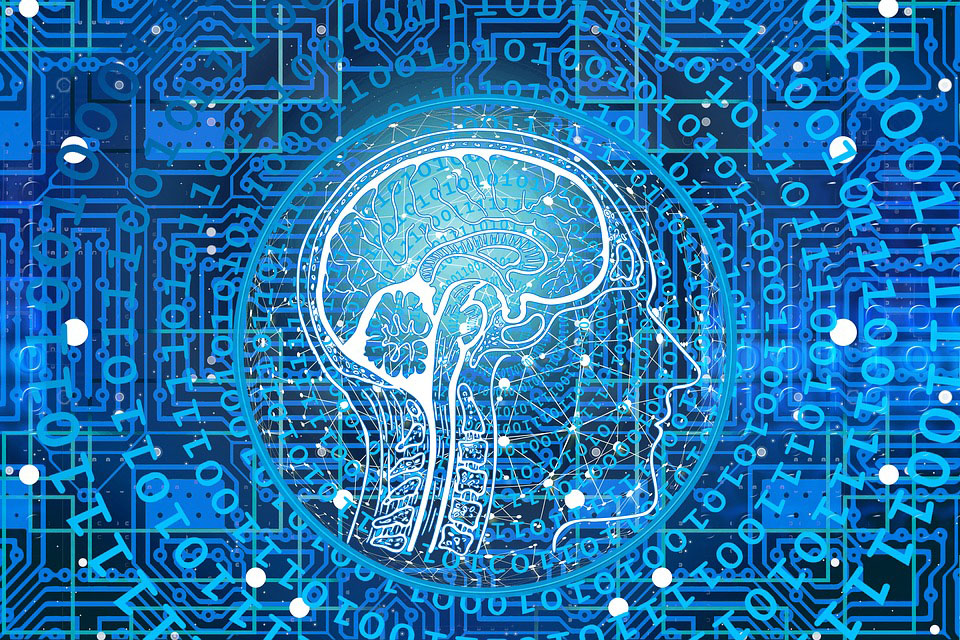
Artificial intelligence (AI) has the potential to improve and transform healthcare because it does not tire, works 24 hours a day and can work much faster than humans.
There are many ways in which AI might be used in breast screening. Currently there is significant interest in whether it can safely and efficiently help with reading mammograms, releasing pressure on a limited workforce.
However, there is much to be lost if we’re not careful. Breast screening is based firmly on evidence, relies on well-established safe pathways and procedures, uses a wide range of technology to get images and prevents 1,300 deaths from breast cancer every year.
Any new way of reading X-rays must be:
- soundly based on evidence
- acceptable to women and clinicians
- compatible with current IT and X-ray systems
- as good as the current arrangements
It must find at least the same number of cancers as current screening practice and be just as good at saying there is no cancer on a mammogram.
If AI misses more cancers than current practice, then more women will go on to have more advanced cancer, which is harder to treat. If it provides fewer normal results, then more women will undergo the triple assessment (mammograms, ultrasounds and biopsy) and spend more time being anxious. The workforce required to carry out triple assessments is much greater than that for reading X-rays, so this is also an important consideration for efficiency and safety.
New study to assess impact of AI on the screening pathway
Reflecting the need for solid evidence in this high risk, high volume business, last year we published the UK NSC Approach to Reviewing Evidence on AI in Breast Screening in the Lancet Digital Health.
This article described to clinicians, policymakers and AI developers what types of evidence the UK National Screening Committee (UK NSC) would need to see in order to recommend the use of AI in the NHS Breast Screening Programme.
Finding out if an AI system gets the same answer as clinicians on X-rays that have already been read is very useful evidence and a prerequisite to proceeding to the next stage. But what is absolutely vital is to see how AI works in real life with multiple IT systems.
Whether women will find the use of AI acceptable and whether clinicians will trust it (or trust it too much) are critical to ensuring the continued effectiveness of the NHS Breast Screening Programme.
We are therefore pleased to be sponsoring a Health Technology Assessment (HTA) Programme research funding opportunity ‘The use of artificial intelligence for image interpretation in breast cancer screening’.
Researchers interested in conducting this prospective evaluation of the use of AI in breast screening should read the commissioning brief for more details and guidance on how to apply.
Once completed, this new study will provide us with important evidence on how medical staff would interact with AI and how AI would impact on women’s health.
Next steps
The UK NSC commissioned a review, published in 2021, which concluded that the evidence did not then justify a recommendation for AI to be introduced in the breast screening programme. There is international work and research under way which is likely to change this position and the new study sponsored by the UK NSC will assist with that.
The UK NSC will update its formal position as and when published research materially changes the evidence base and resources allow.
Keep up to date
The UK NSC blog provides up to date news from the UK National Screening Committee. You can register to receive updates direct to your inbox, so there’s no need to keep checking for new articles. If you have any questions about this blog article, or about the work of the UK NSC, email screeninginformation@dhsc.gov.uk.